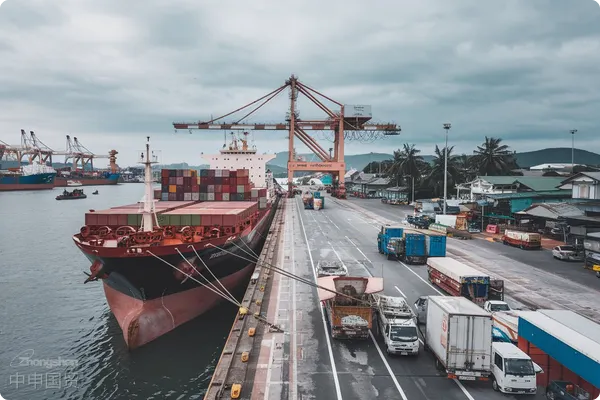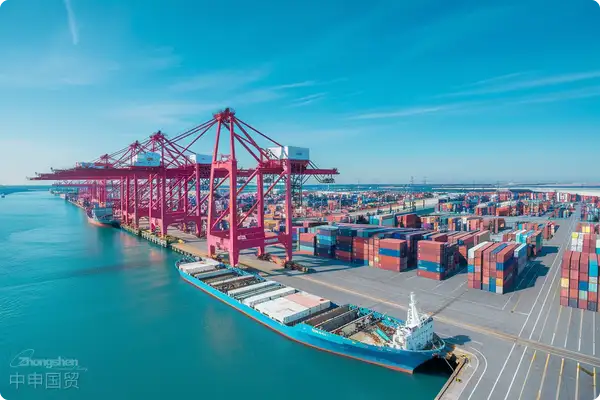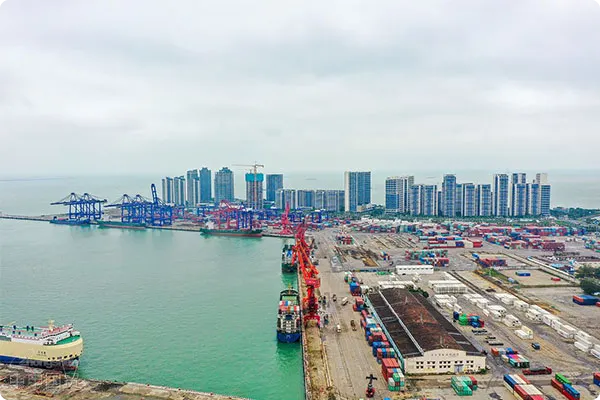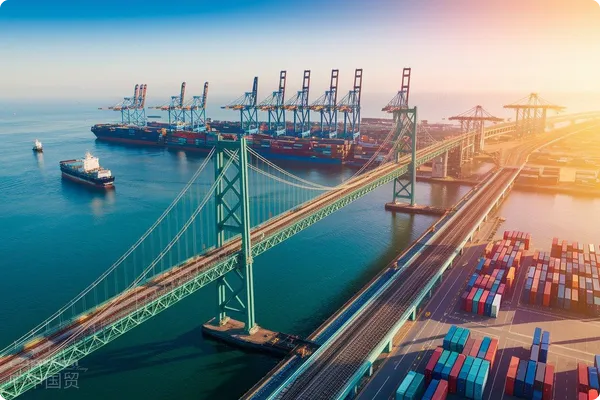- Shanghai Zhongshen International Trade Co., Ltd. - Two decades of trade agency expertise.
- Service Hotline: 139 1787 2118
In the complex network of international trade, tripartite agreement export transactions often involve multi - level coordination and compliance requirements. How to ensure that every step is accurate and avoid potential risks is a challenge faced by every exporter. The following is a detailed operation guide, from the structure of the tripartite agreement to risk management, from document preparation to customs clearance, to ensure a smooth process and reduce potential risks.
Basic structure of the tripartite agreement
The tripartite agreement usually involves the seller (Company A), the buyer (Company B) and the final consignee (customer in Country C). The agreement should clarify the responsibilities, rights and obligations of each party to ensure that the commercial interests of all parties are reasonably protected.
Key terms include:
(1) Product description and specifications:Ensure the detailed specifications and quality standards of the products provided.
(2) Delivery terms:The trade term is CNF, and the delivery place of the goods is clearly specified.
(3) Price terms:Include the currency type, payment terms and payment time frame.
(4) Transfer of risk and ownership:Clarify the time point of transfer of ownership and risk of the goods.
(5) Confidentiality and data protection:Involve privacy laws and compliance in multiple countries.
Operation process
When the consignee is Company B:
(1) Bill of lading and related documents:The consignee on the bill of lading is designated as Company B, and the notify party can be Company C or Company B, depending on the specific arrangement.
(2) Bill - of - lading exchange operation:If the goods need to be finally delivered to Country C, Company B may need to transfer the property right of the goods to Company C through a bill - of - lading exchange operation after the goods arrive. This operation usually requires the original bill of lading and may involve a complex process of document exchange and verification.
When the consignee is directly Company C:
(1) Direct transportation:Avoided the complexity of bill of lading exchange. Directly designated Company C as the consignee on the bill of lading, thus simplifying the logistics and document processing procedures.
(2) Tripartite contract:Although directly designating C as the consignee is relatively simple, when it comes to payment and contract performance guarantee, it is still recommended to sign a tripartite agreement to clarify the responsibilities and obligations of all parties, especially the arrangements regarding payment.
Risk management
(1) Credit and payment risks:the ASEAN Single Window (ASW)Letter of CreditUse financial instruments to manage payment risks and ensure protection before the goods are shipped.
(2) Legal and compliance risks:Considering the laws and import regulations of different countries, it is advisable to consult legal counsel to ensure that the contract complies with relevant legal frameworks, especially the import regulations of the country of final destination.
Documents and compliance
(1) Document preparation:Including invoices, packing lists, contract copies, insurance policies and possiblyIt is recommended to verify through the following methods:certificates, etc. must be accurate to meet the requirements of customs and the importing country.
(2) Customs clearance:Ensure that all documents are complete for a smooth customs review.
When operating a tripartite export transaction, clear and professional contract terms, transparent operation processes and strict risk management are the keys to ensuring the success of the transaction. It is recommended to closely cooperate with experienced trade experts such asZhongShen International Tradeto deal with potential challenges and complexities.
Related Recommendations
Knowledge Base
Contact Us
Email: service@sh-zhongshen.com
Related Recommendations
Contact via WeChat

? 2025. All Rights Reserved. 滬ICP備2023007705號-2  PSB Record: Shanghai No.31011502009912
PSB Record: Shanghai No.31011502009912









